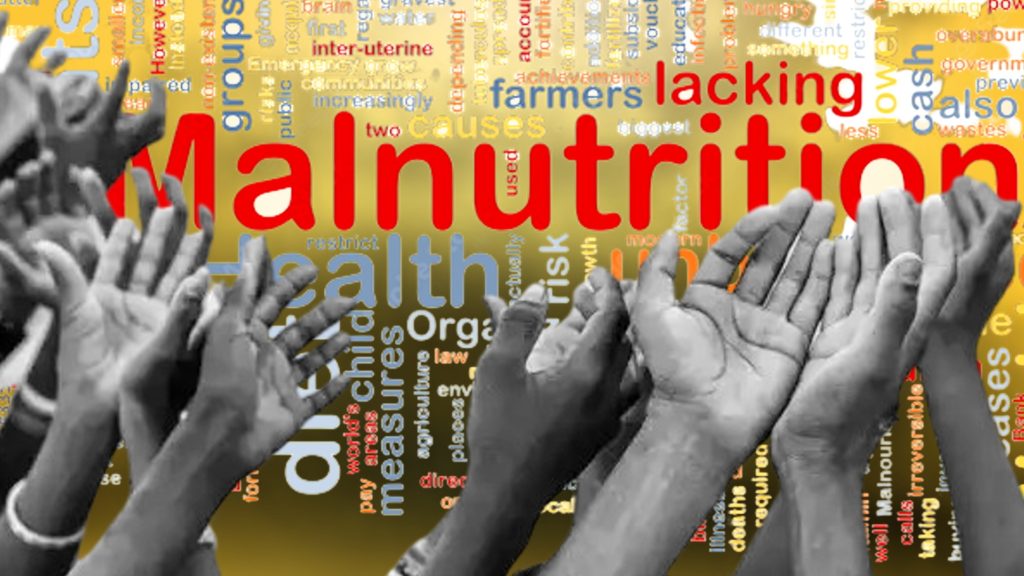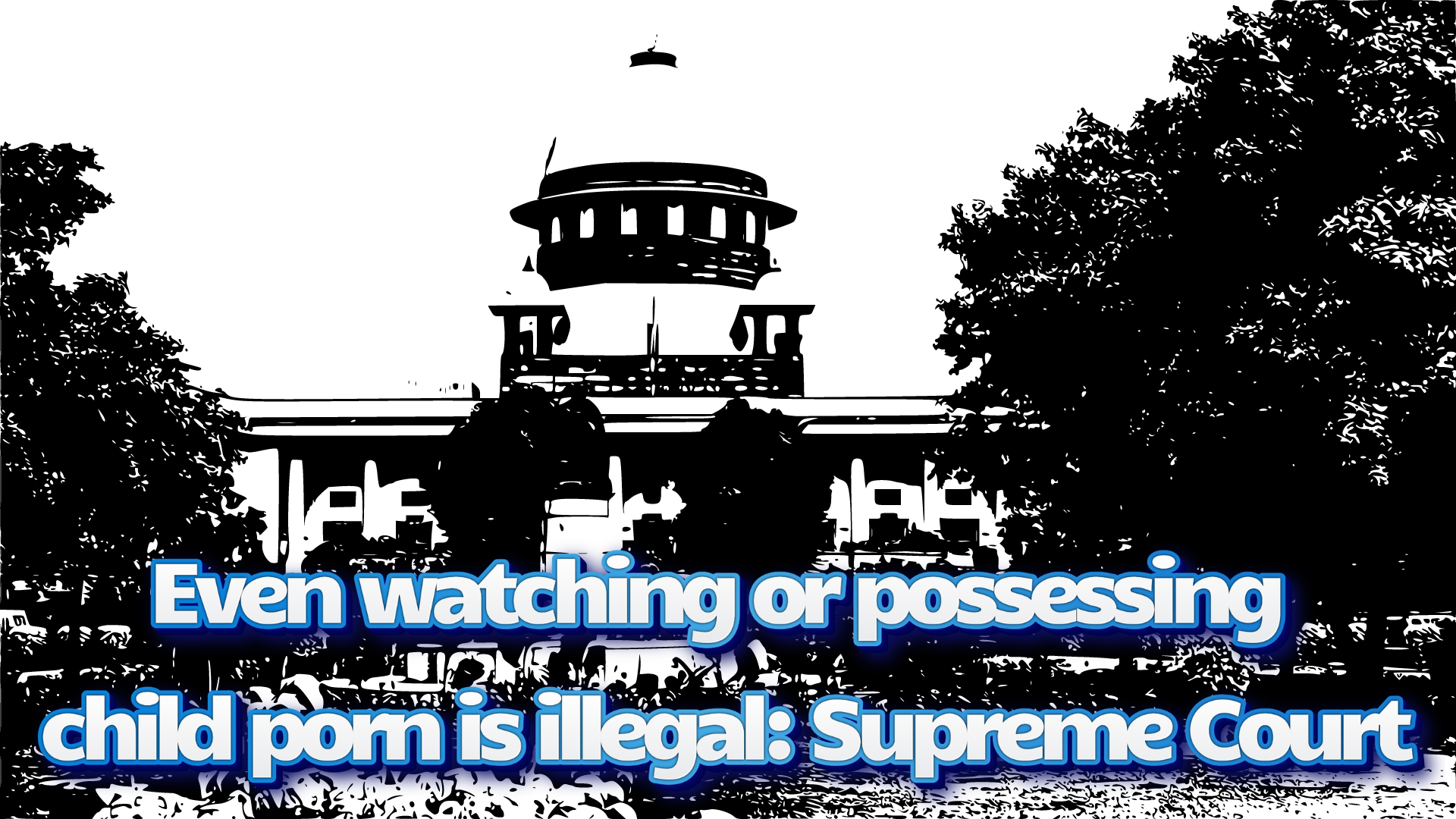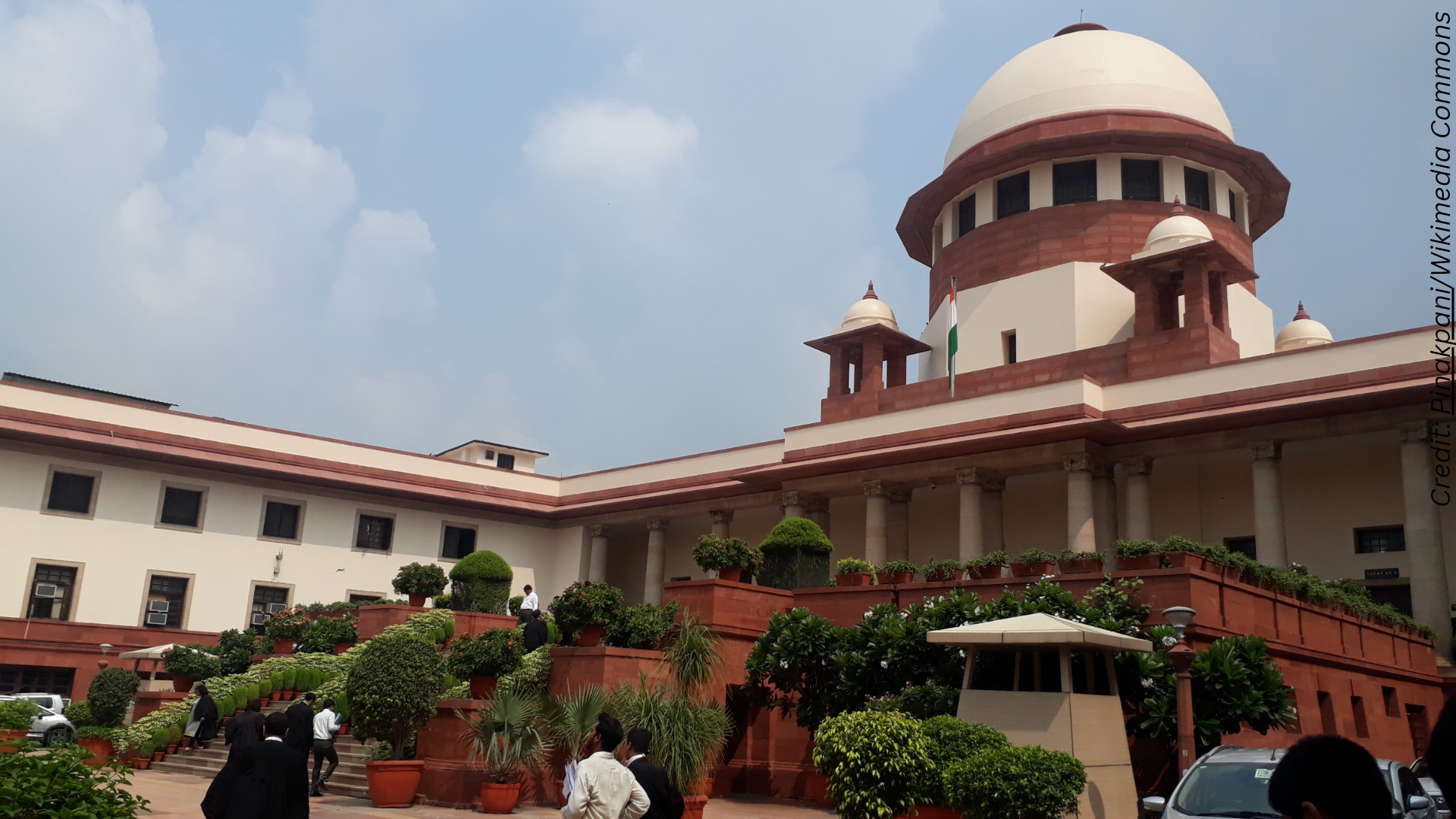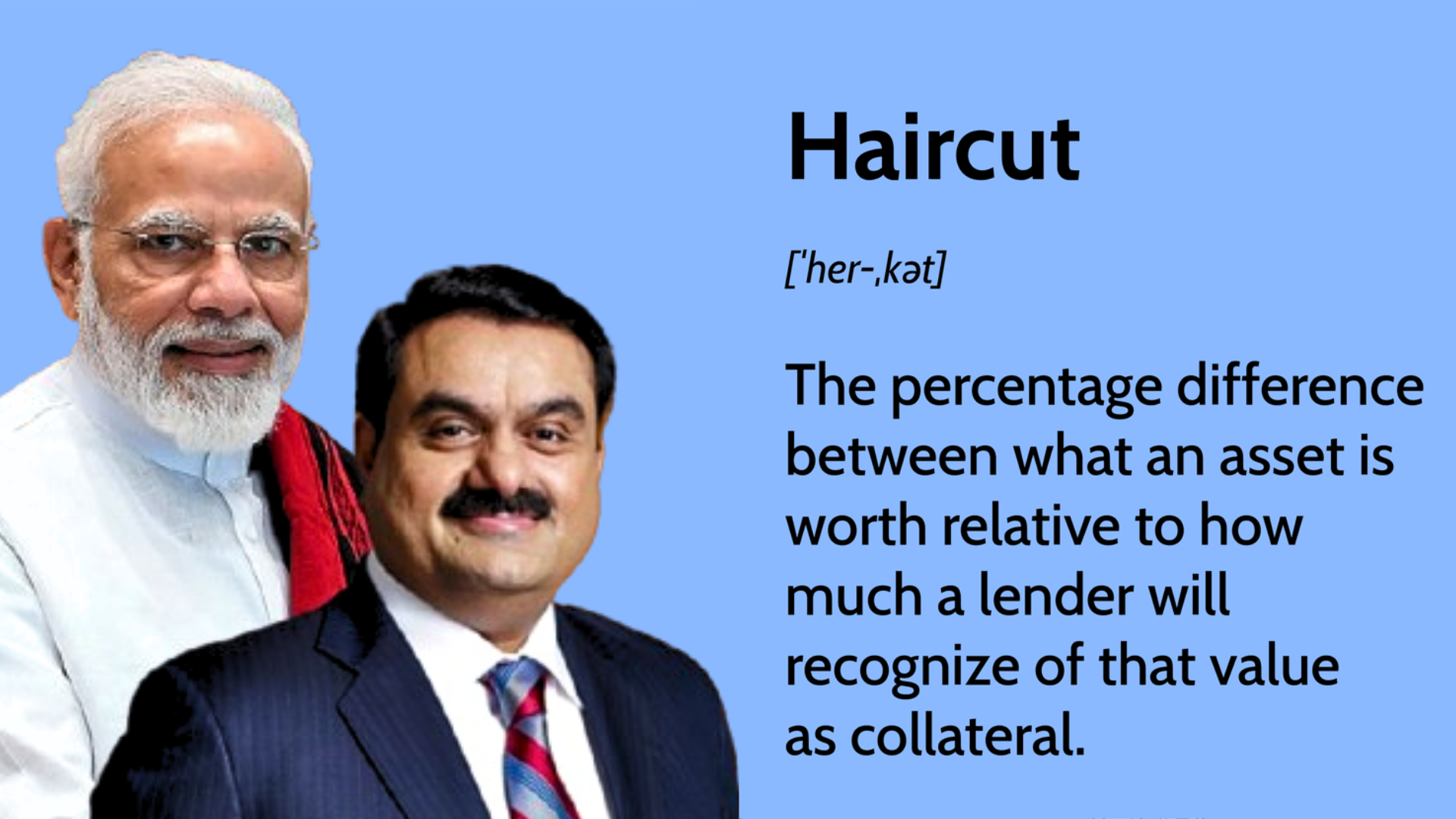India slips to 107 in Global Hunger Index

India again slipped in the Global Hunger Index ranking. The government went sour grapes, like last year, criticising the methodology. But the fact is that reality is staring it in the eyes.
India has slipped to 107, out of 121 countries, in the just-published Global Hunger Index (GHI). The 2021 GHI had India ranked 101, out of 116 countries and in 2020, the rank was 94.
And predictably, like last year, the Union government’s Women and Child Development Ministry has trashed the report: describing GHI as an effort to “taint India’s image”, calling it “an erroneous measure of hunger” that “suffers from serious methodological issues” in a detailed retaliatory statement.
However, the fact remains that the widely-regarded index, brought out annually by Concern Worldwide and Welthungerhilfe, an Irish and a German non-profit, respectively, dealing with international humanitarian aid, paints a grim picture once again of the state of health in Modi’s India.
Not just getting a deplorable ranking, India, for the second successive year, has fared poorer than its neighbours. Pakistan is at 99, Nepal at 81 and Bangladesh at 84, and India has ranked just two spots above a famished Afghanistan.
Lofty promises and widely-promoted food schemes have done little to reach the mass of the hungry and malnourished, it seems, going by the findings of the report.
The country’s global hunger index score of 29.1 points (out of 100) puts it in the ‘serious’ category of hunger problems. The 2021 score was 27.5.
However, in 2000, India’s score was a much worse 38.8 points (in the ‘alarming’ category). It had improved over the UPA government years, the scores in 2007 and 2014 being 36.3 and 28.2, respectively. In 2014, the year Narendra Modi took over as prime minister, India was ranked 55.
The categories, from least to highest affected by hunger, are ‘low’, ‘moderate’, ‘serious’, ‘alarming’ and ‘extremely alarming’. The scores range from 0 to 100, with 0 being the best and 100 the worst.
The Global Hunger Index score is calculated on four indicators: Undernourishment, child wasting (share of under-five children with low weight for their height), child stunting (share of under-five children with low height for their age) and child mortality (mortality rate of under-five children).
A major bone of contention for the government (as indicated in the press statement refuting the genuineness of the report) is that “three out of the four indicators used for calculation of the index are related to health of children and cannot be representative of the entire population”.
The report, though, clearly indicates why it chose those indicators: “the indicators specific to children reflect the nutrition status within a particularly vulnerable subset of the population for whom a lack of dietary energy, protein, and/or micronutrients (essential vitamins and minerals) leads to a high risk of illness, poor physical and cognitive development, and death.”
The four indicators are also part of the group of indicators used to measure progress towards the United Nations Sustainable Development Goals (SDGs), says the report. The SDGs are a set of developmental goals promised to be met by most countries by 2030, under the aegis of the United Nations.
Nutritional deficiency in India
The Global Hunger Index also is not the only indicator which is pointing to a widespread lack of proper nutrition in India.
The World Health Organisation (WHO) says that India has one-third of the global population of those suffering from undernutrition (undernutrition, as is self-explainable, means a lack of nutrition; malnutrition, technically, as per the internationally-accepted definition, includes both undernutrition and overnutrition, that is, the overweight population).
Child malnutrition [or undernutrition, if one goes strictly by the international definition, as indicated above] has been long-standing challenge for the public administration of India. The first National Family Health Survey (NFHS) in 1992-1993 found that India was one of the worst performers in child health, with more than half the children under four years of age underweight and stunted, and one in every six children wasted [excessively thin].
An RTI query last November [2021] elicited the response from the Women and Child Development Ministry that there were approximately 17.76 lakh (1.7 million) severely acute malnourished children (SAM) and 15.46 lakh (1.5 million) moderately acute malnourished (MAM) children, as of October 14, 2021
As per the 2021 edition of the Global Nutrition Report, considered the world’s leading independent assessment of the state of global nutrition, India made progress in only three of the six global nutrition targets, set by WHO, to be met by 2025—stunting, childhood overweight and breastfeeding. The other three are anaemia, low birth weight and wasting.
Global overview as per GHI 2022
Seventeen countries shared the top spot (having the least hunger-affected children, all with less than 5 points). Most of them are Eastern European, with two each from South America and Asia (China and Kuwait).
Of course, most of the developed world is not part of this index, having much fewer cases of nutritional deficiency.
A positive in this year’s report is that no country has been placed in the ‘extremely alarming’ category.







